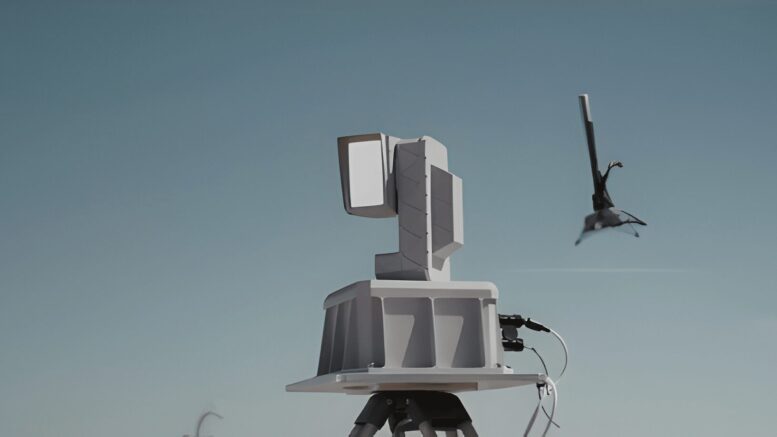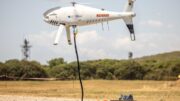Unjammable communication proven in NATO’s largest naval exercise
NATO’s Biggest Naval Exercise Proves Undetectable Ship-to-Ship Laser Communication
October 17, 2025. Lithuanian space and defense tech company Astrolight has successfully demonstrated undetectable, unjammable, and high-bandwidth laser-based ship-to-ship communication with its POLARIS terminal during REPMUS’25, NATO’s largest unmanned maritime exercise recently.
During the REPMUS (Robotic Experimentation and Prototyping using Maritime Uncrewed Systems)/Dynamic Messenger mission, hosted by the Portuguese Navy, POLARIS laser terminals maintained a stable, jam-proof horizon-limited laser-based link between two vessels: NRP Dom Francisco de Almeida and NRP Dom Carlos I. During testing, the link wasn’t detected by a single sensor of other participating ships, drones, and land assets.
“With persistent and rising GPS jamming attacks in NATO territories, we needed to test it in real-life conditions as soon as possible. Exercise results showed that our laser technology is a reliable and operable alternative to radio frequency-based communication – now it’s time to scale,” said Dalius Petrulionis, CTO and co-founder of Astrolight, who led POLARIS’ testing at sea.
Astrolight’s terminals also transmitted gigabytes of data at latencies and speeds that allow for more than 10 concurrent, real-time HD video streams, even through rain and fog, during the day and night.
“Astrolight team spent two weeks living and working with the Portuguese Navy aboard two of their ship fleets, installing their POLARIS laser terminals. They established undetectable ship-to-ship laser communications, exceeding their initial targets by 200%, and proving that first-time experiments can go better than planned when the technology is well-developed,” NATO Defense Innovation Accelerator for the North Atlantic (DIANA) shared on its socials.
Jamming is a serious problem at sea because it can distort satellite navigation, confuse radar and ship-tracking displays, and interrupt radio and satellite communications. In such cases, crews switch to less secure backup methods like noisy radio or signal lamps that increase a ship’s electromagnetic signature and make it easier to detect.
“Participating in REPMUS, NATO’s largest naval exercise, marks an important milestone for innovators within the NATO DIANA programme. It is the perfect opportunity for these companies to demonstrate the value their solutions can provide in an operational context, while also making the most of end-user insights and feedback as they move closer to adoption and deployment. We were proud to see six different DIANA innovators participating this year, including Astrolight, and we are confident that they will all rise to the challenge. Their technologies exemplify the kind of innovation DIANA was created to support – cutting-edge technologies with real operational potential, positioned to deliver real-world impact,” said James Appathurai, Managing Director at NATO DIANA.
The demonstration of Astrolight’s POLARIS in Portugal builds on prior tests with the Lithuanian Navy.
NATO’s REPMUS/Dynamic Messenger exercise combines REPMUS, the top event for maritime robotics and unmanned tech, and Dynamic Messenger, a program for testing innovative naval systems. They bring together NATO Allies, partners, academia, and industry experts, and provide a realistic setting to evaluate new maritime capabilities and promote their integration into NATO operations.
“Every technological breakthrough was once an innovation in testing. Running ours alongside NATO in a real, tactical setting proves that we already have top-tier defense tech. The REPMUS/Dynamic Messenger exercise is an important milestone on our path to delivering resilient, jam-resistant communications to NATO’s Navy in these turbulent times for national security,” concluded Dalius Petrulionis.
Source: Aivaras Vilutis









Be the first to comment on "Unjammable proven in NATO’s largest naval exercise"